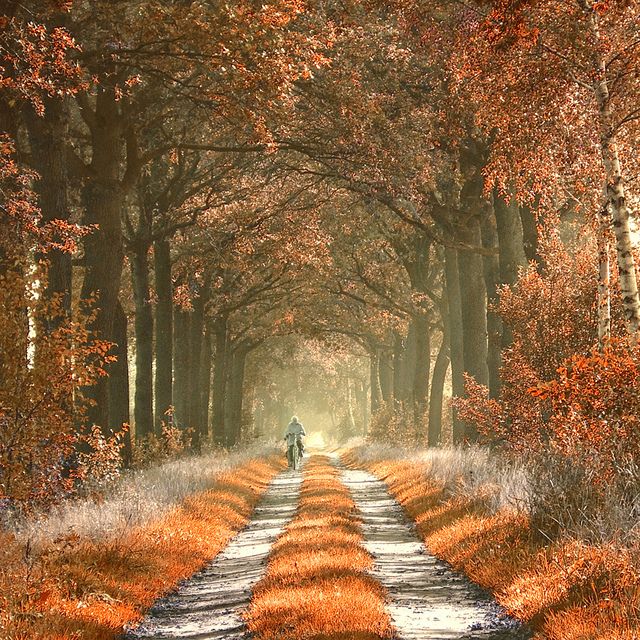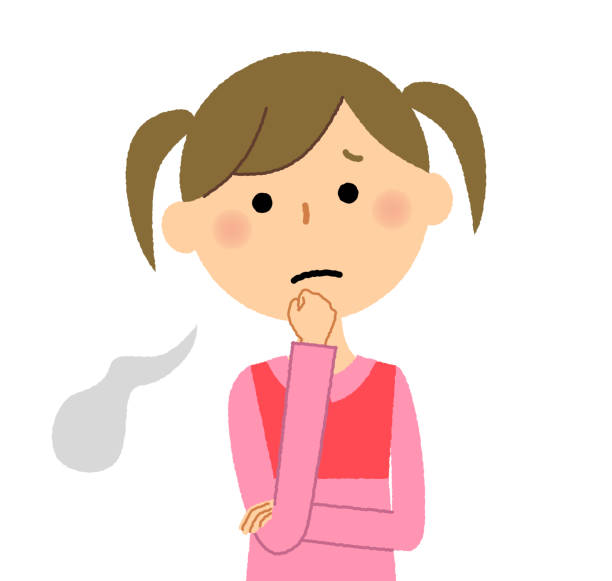
CBSE Summary with NCERT Solutions for Class 9 English The Road Not Taken Summary Stanza By Stanza for revision And also, for better performance in tests and exams. The poet, Robert Frost, in this poem talks about the choices one has to make in life and their consequences. He believes that human beings are defined by the choices they face and the choices they make.
We also provide Notes and Lesson Plan. Our Study Rankers specially made the road not taken summary stanza by stanza for better understanding. Students may read the PDF of NCERT Class 9 English The Road Not Taken to practice concepts with NCERT Solutions and Extra Questions and Answers. We prepared these by keeping in mind the latest CBSE curriculum. Shine among your friends after scoring high in Quiz, MCQ, and Worksheet.
The poem The Road Not Taken is essential for teenagers to understand the road not taken summary importance of decision-making. Below you can find a road not taken summary stanza wise of The Road Not Taken along with NCERT Solutions for Class 9 English The Road Not Taken.
Let’s Summarize: The Road Not Taken
(Also find NCERT Solutions for Class 9 English Poem The road not taken summary stanza by stanza given below).
Quick Overview: The Road Not Taken
The road mentioned in the title symbolizes our life. Robert Frost says that the path that we don’t choose in our life is ‘the road not taken’. He describes his feelings about that choice that he had left in the past. The path which we have chosen decides our future, which is our destination. An important message that the poet wants to give is that the choice that we make has an impact on our future and if we make a wrong choice, we regret it. So, we must be wise while making choices.
Also Read : Aunt Jennifers Tiger
The Road Not Taken Summary Stanza Wise
(All the italicized lines given below have been taken from Robert Frost’s poem, ‘The Road Not Taken’. Also, find NCERT Solutions and English Poem The Road Not Taken Class 9 Summary Stanza Wise below.)
Stanza 1
Two roads diverged in a yellow wood,
And sorry I could not travel both,
And be one traveler, long I stood
And looked down one as far as I could
To where it bent in the undergrowth;
The narrator describes a fork in the road. He says those woods are yellow, which means that it’s probably fallen and the leaves are turning colors. The narrator wants to go down both roads at once, but it’s impossible. So, he has to choose one road.
Because of the inability to travel both roads, the narrator stands there for a long time, trying to choose which path he’s going to take.

Stanza 2
Then took the other, as just as fair
And having perhaps the better claim,
Because it was grassy and wanted wear;
Though as for that, the passing there
Had worn them really about the same,
Also Read: A Legend of the Northland
So, after all this buildup about one road, which he’s looked down on for a long time, the narrator takes the other path which is just as pretty. This symbolizes that he was choosing between two roads (futures), that were different but equally good.
The narrator feels that the path he chose is better than the other one because it seems like it hasn’t been walked on very much because it’s grassy and doesn’t look worn. But, yet again, he changes his mind and admits that maybe they were equal after all.

Stanza 3
And both that morning equally lay
In leaves, no step had trodden black.
Oh, I kept the first for another day!
Yet knowing how way leads on to way,
I doubted if I should ever come back.
Also Read: The Fun They Had Summary Class 9 English
The narrator describes the paths that are equally covered with leaves, which haven’t been turned black by steps crushing them because it’s still early in the morning. The narrator seems like he’s already regretting his decision. He tries to console himself regarding the choice of the path by saying he’ll come back to the one he missed sometime later.
The narrator is aware of how one road can lead to another, and then another until you end up very far from where you started. This symbolizes that in any life decision, we can console ourselves by thinking we can always come back, try a different option later. But sometimes our decisions take us to other decisions, and yet still others, and it’s impossible for us to retrace our steps and arrive back at that original decision.

Stanza 4
I shall be telling this with a sigh
Somewhere ages and ages hence:
Two roads diverged in a wood,
and I took the one less traveled by,
And that has made all the difference.
Also Read: Wind Summary Class 9 English
Now the narrator jumps forward in time. He started with a sigh. He reminds us of the concept of choosing between two different paths. It seems like the narrator took the path that no one else did, and that is what has made the difference in his life that made him successful or utter failure.

Poem Analysis: The Road Not Taken
- Form (structure or pattern) of the poem – The poem has 20 lines divided into 4 Stanzas.
- Style (literary elements used by the poet) of the poem – The poem is written in a rhyme scheme of A-B-AA-B
- Tone (the poet’s or reader’s attitude towards the subject) of the poem – The tone appears to be highly contemplative.
Poetic Devices
(Also find NCERT Solutions For Class 9 English Poem The Road Not Taken below.)
- Symbolism – Uses of one thing, usually a physical object or phenomenon, to represent something more abstract. From the poem:
- Two roads which represent choices in our life
- Alliteration – The occurrence of the same letter or sound at the beginning of adjacent or closely connected words. From the poem:
- ‘Wanted Wear’
- Imagery – Visually descriptive or figurative language. From the poem:
- The image of the road,
- Yellow wood
NCERT Solutions The Road Not Taken Class 9 Summary Stanza Wise
Q. 1. Where does the traveler find himself? What problem does he face?
A) The traveler finds himself in the yellow woods at a point where the road forks into the forest. He faces a problem where he is unable to decide which road to take to continue his journey since it is not possible to take both roads at the same time.
Q. 2. Discuss what these phrases mean to you:
- A yellow wood
- It was grassy and I wanted to wear
- The passing there
- Leaves no step had trodden black
- How way leads on to way
Also Read: Speech on Global Warming
A)
- The woods are yellow, which means that it’s probably autumn and the leaves are turning colors.
- The road was grassy because it seems like it hasn’t been walked on very much and doesn’t look worn.
- Passing there refers to other travelers that may have worn the paths down.
- Leaves that have covered the paths haven’t been turned black by steps crushing them because it’s still early in the morning.
- Way leads on to way means that how one road can lead to another, and then another until you end up very far from where you started.
Q. 3. Is there any difference between the two roads as the poet describes them?
- In stanzas 2 & 3?
- In the last two lines of the poem?
A)
| 1. | Path, He Chose | Path, He Didn’t Choose |
| Stanza 2 | It was grassy and I wanted to wear it. | It seemed to be more worn out by travelers. |
| Stanza 3 | Both the roads seemed to be equally covered with autumn leaves. | Seemed no traveler had so far walked on any of the paths. |
2. In the last two lines of the poem the poet says that he took the road less traveled by people and that has made all the difference in his journey of life.
Q. 4. What do you think the last two lines of the poem mean?
A) The poet was not sure about the success of his choice. He thought he might regret his decision to travel on the second road and he might talk about it with a sigh. It’s very difficult to pass the judgement at the spur of the moment. After many years perhaps he will be telling with a sigh about his choice. Two roads diverged in the wood and he selected the one which was less travelled by and his choice made all the difference.
Some Frequently Asked Questions: The Road Not Taken Summary
Q. 1. Why did the poet stand long on the forked road to make the decision?
A) The narrator stood before two diverging roads, trying to decide which road to continue his journey on. Although he would have liked to try out both roads, he couldn’t. In order to avoid making a mistake, the speaker took a long time to think over his decision.
Q. 2. Do you think the speaker regrets his choice, or is he happy about it? Why?
A) Although the narrator has made his choice, he can’t stop thinking about the road he left behind. It appears that he is not at peace with himself concerning his decision. The poet wonders what would have happened if he had taken the other road. He is thinking about the choice he didn’t make and will always regret not knowing what he missed.
Q. 3. What is the moral of The Road Not Taken?
A) Making decisions is central to “The Road Not Taken.” You will make many decisions in your life, and those decisions will be accompanied with a variety of ideas about what could have occurred if you had chosen otherwise.
Q.4. What does yellow wood mean in The Road Not Taken?
A) The yellow wood in Frost’s poem, most plainly, represents autumn: the wood is yellow because the leaves, which were once green during the fulness of spring and summer, have become yellow as summer has given way to fall.
Conclusion: The Road Not Taken Summary
Don’t forget to browse StudyEquation for more reliable material for exams!
The narrator of the poem The Road Not Taken was in a dilemma, debating over the choices as he
realized that he could not walk on both roads at the same time. He instills in his readers that the choices we make are crucial for our destination!The road not taken class 9 summary stanza wise aids in understanding why he left since he was really adventurous and wanted to explore the less travelled road.
The above written includes the poem the road not taken summary stanza by stanza and question answers of NCERT Solutions for Class 9 English Poem The Road Not Taken Summary. Browse our site for various detailed and easy NCERT Solutions and CBSE Notes and Comprehensive Summary.